Akasha aims to inspire every person on the planet to develop a personal mythic relationship with the universe.
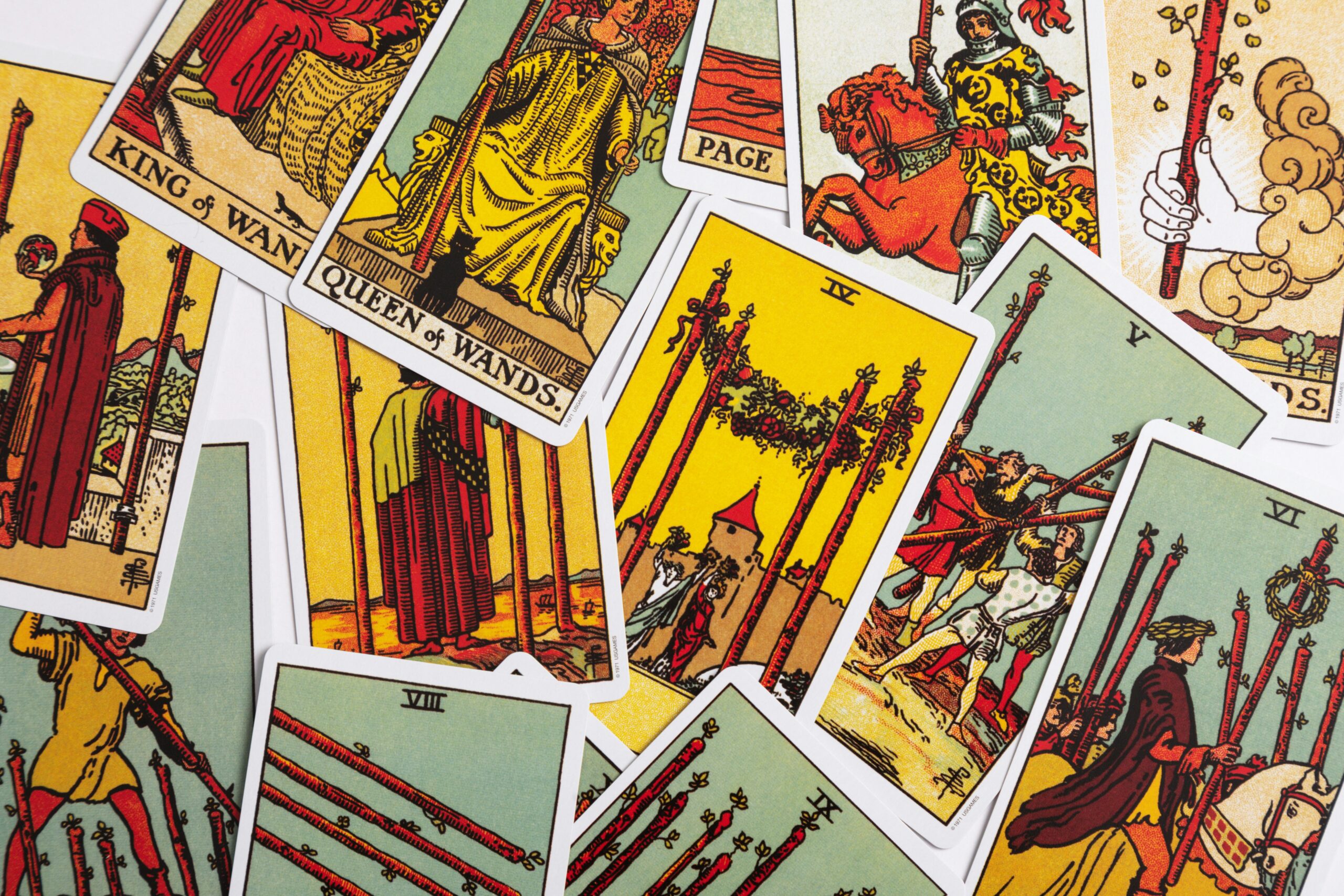
Vision Statement
Our vision is to encourage direct communication with the numinous through the interpretation of symbolic language in order to reveal meaning and purpose.
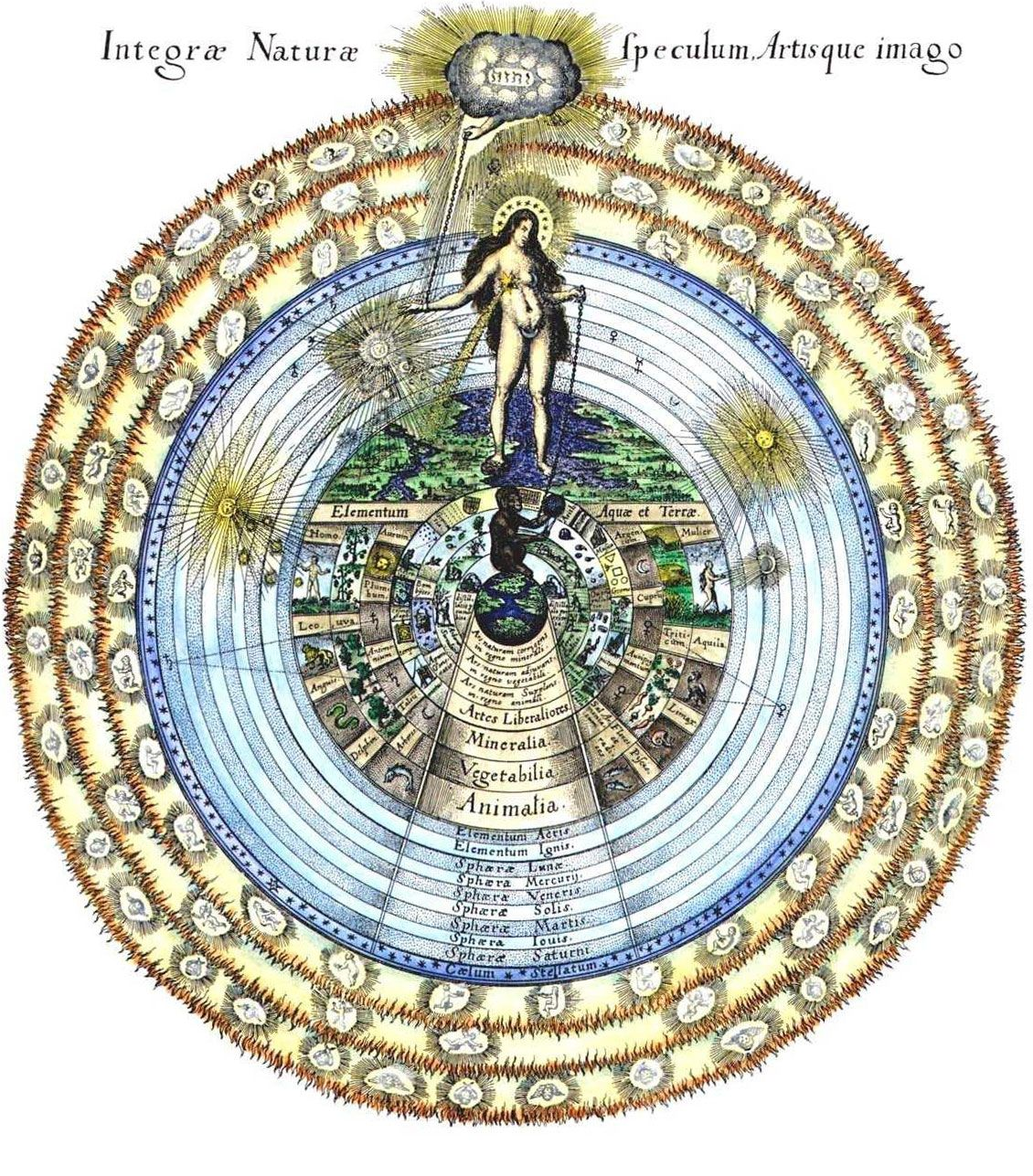
Archetype
In the 4th century BCE, Plato introduced the term “archetype” in describing an archetypal universe. His most significant contribution to Greek cosmology was the idea that the universe is thoroughly imbued with soul. In the Timaeus, he articulates a cosmology based on eternal forms or ideals—conceptual possibilities in the mind of God.
Carl Jung, the Swiss psychiatrist who founded analytical psychology, perceived archetypes as fundamental components of the human psyche that universally exist across various cultures. The transition from the Platonic conceptualization of archetypes as the fundamental structures of reality to the Jungian understanding of archetypes as the essential structures of the human psyche marked a significant metaphysical and cosmological shift in the Western worldview. In Archetypes of the Collective Unconscious, Jung describes the nature of these expressions of the collective unconscious:
The ground principles, the archai, of the unconscious are indescribable because of their wealth of reference, although in themselves recognizable. The discriminating intellect naturally keeps on trying to establish their singleness of meaning and thus misses the essential point; for what we can above all establish as the one thing consistent with their nature is their manifold meaning, their almost limitless wealth of reference, which makes any unilateral formulation impossible.
– Jung, C. G., Archetypes of the Collective Unconscious
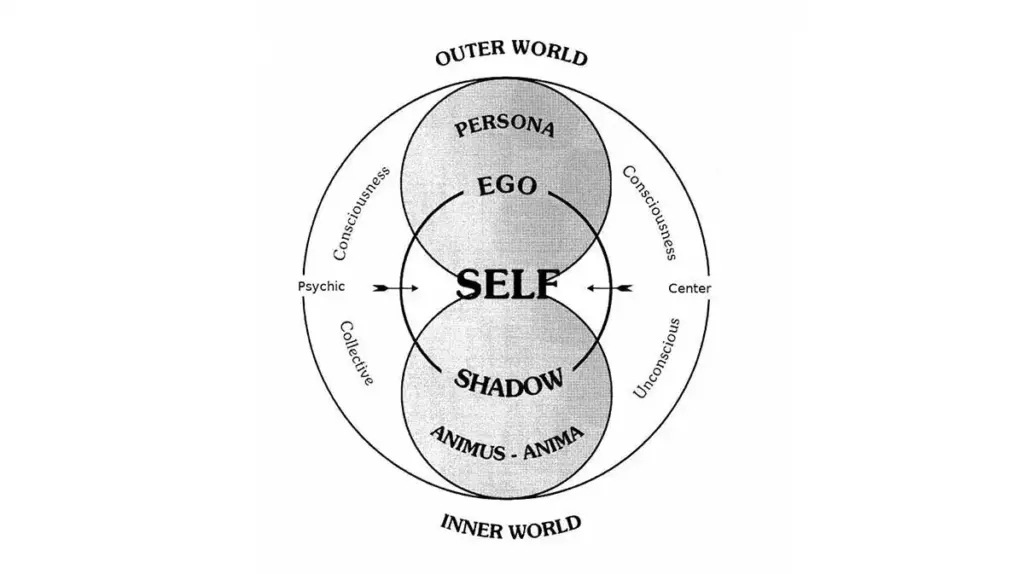
Reimagining Tarot for the Modern Era
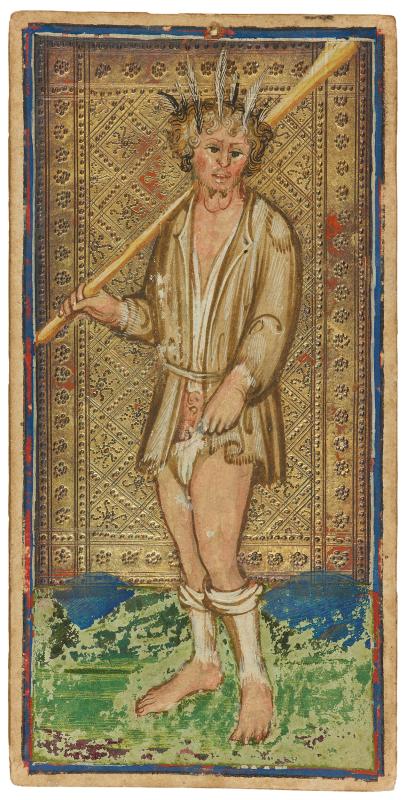
The Tarot first appeared in the courtly circles of northern Italy during the 1440s, likely originating in the 1420s. The sole purpose of Tarot was for playing a card game consisting of four suits—Swords, Batons, Cups, and Coins—each containing ten numbered cards from Ace to 10 and four court cards: Jack, Knight, Queen, and King. These suits were commonly used in Italian playing cards at the time and are still found in parts of Italy today. The Knight was a typical court card in Italian decks, while the Queen was specifically introduced for the Tarot. The defining characteristic of the Tarot deck is the inclusion of 21 illustrated cards depicting familiar figures, known as “trumps,” along with a single card called the Fool. While the order and numbering varied in different regions throughout Italy and across Europe, they follow a sequence, often numbered from I (lowest) to XXI (highest). The introduction of the Fool and the trumps was the key innovation that gave rise to the Tarot deck.
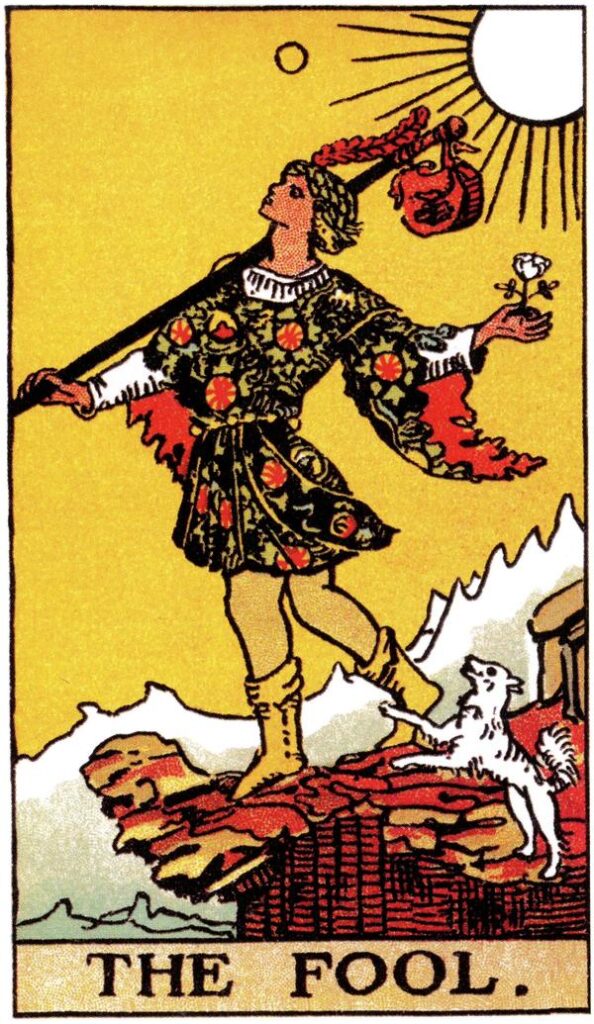
The Rider-Waite-Smith Tarot
There have been thousands of decks that have been created since the birth of tarot, but no work has influenced our modern concept of tarot more than the Rider-Waite deck. Although the Rider-Waite deck was produced over a century ago, the influence of both Arthur E. Waite and Pamela Colman Smith are apparent in nearly every deck created since. As members of a Western occult organization known as the Hermetic Order of the Golden Dawn, Waite and Smith became particularly fascinated by the symbolism of the tarot in the late 19th and early 20th centuries. Waite was a prolific writer and scholar of the Kabbalah, mysticism, and ceremonial magic, and his interest in creating a new deck was primarily for the purpose of divination. Pamela, who was also known as Pixie, had been well-acquainted with the Golden Dawn’s esoteric insights into the tarot, which is one of the reasons Waite commissioned her to collaborate on a revolutionary tarot deck in 1909. The Golden Dawn incorporated tarot extensively into its rituals, and Samuel Liddell MacGregor Mathers, a key figure in the organization’s establishment, authored a comprehensive treatise on Tarot commonly known as Book T. Waite intended to convey esoteric truths through symbolically dense illustrated minors, allowing the average reader to intuit the significance of each card through wonderfully elaborate scenes. In his later writing, Waite acknowledged that he prioritized expressing esoteric knowledge through the twenty-two major cards, thereby granting Pixie more artistic freedom to express the allegorical meanings in the minor cards. While Waite continued to profit from the Rider-Waite tarot for many years, Pixie, who possessed an innovative vision, artistic talent, and had revolutionized the minor cards, passed away in 1951 in obscurity and financial hardship.
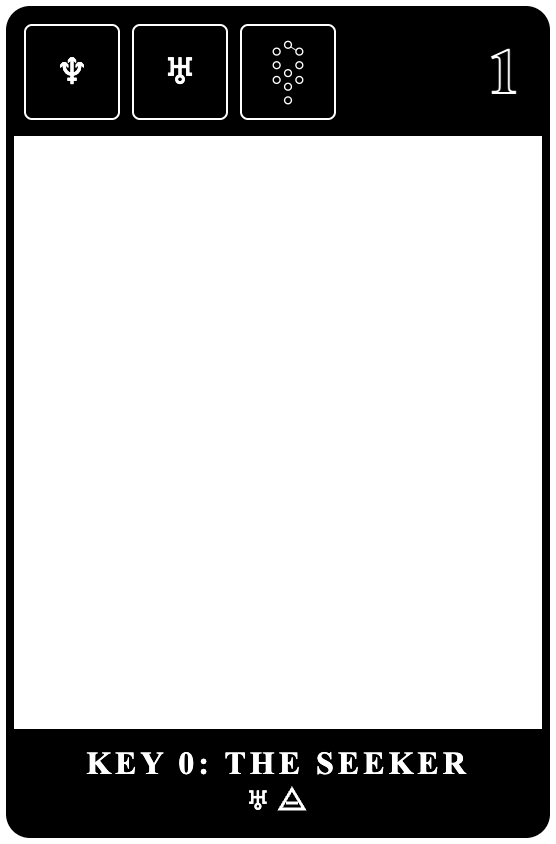
Create Your Myth
Akasha is a cutting-edge Web3-powered gaming ecosystem that uses tarot as its fundamental design language. In order to demonstrate the project’s potential before building infrastructure, digital artists worldwide are invited to contribute to a digital tarot library that will serve as a repository of archetypal images behind human existence. Digital artists are encouraged to develop their artistic voice, reflecting on personal mythologies, cultural symbols, and astrological insights. These artists are tasked with modernizing and re-envisioning a tradition that dates back to the mid-1400s.
While this is an unpaid opportunity, participating now gives earlier contributing artists a unique advantage: the work(s) of each artist will be featured in Akasha’s Digital Library with full attribution, allowing each artist to gain exposure and build demand beyond their current audience before the platform goes live.
Artists retain full copyright ownership, granting Akasha only a limited, non-exclusive license to display their work. When the gaming infrastructure launches in two years, artists can self-publish their digital cards as NFTs on the blockchain, earning royalties on trades in perpetuity. Akasha transforms the traditional publishing model—ensuring creators, not intermediaries, capture the long-term value of their work.
Within the span of two years, Akasha aims to showcase the works of over 10,000 artists from around the world. The vision for Akasha’s gaming ecosystem can be found on the Akasha Ecosystem page.
We are building a global collective of 10,000 artists who will contribute to Akasha’s gaming ecosystem by reimagining tarot for the modern era. Help expand the collective by inviting visionary artists whose perspectives and styles differ from your own.
